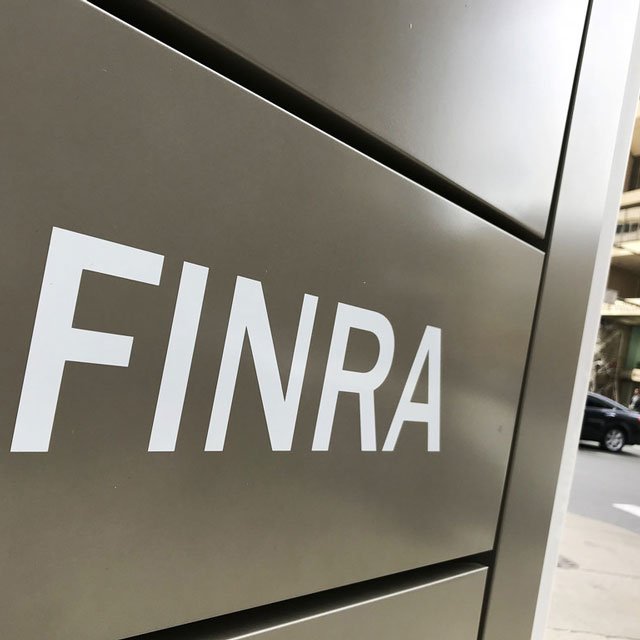FINRA Raises Fine Ranges for Large, Midsize Firms

What You Need to Know
The move is part of a major overhaul of the Sanction Guidelines.
Several rule violations no longer have an upper fine limit for large and midsize firms.
FINRA also introduced six anti-money laundering guidelines.
The Financial Industry Regulatory Authority’s National Adjudicatory Council has raised the fine ranges for mid- and large-size firms, created separate sanction guidelines for individuals and firms as well as separate fine ranges depending on a firms’ size.
“This is one of the most significant revisions to the Sanction Guidelines in decades,” Emily Gordy, former deputy head of FINRA enforcement who’s a partner at McGuireWoods in Washington, told ThinkAdvisor Thursday in an email.
For instance, large and midsize firms committing certain violations previously faced a maximum fine of $310,000. Fines for these nine types of violations laid out in the guidelines are now open-ended:
Sales of unregistered securities (high volume of or recurring transactions in penny stocks);
Failure to respond, or to respond truthfully, to requests made pursuant to FINRA Rule 8210;
Best execution;
Marking the open or marking the close;
Churning, excessive trading or switching;
Fraud, misrepresentations or material omissions of fact;
Pricing — excessive markups/markdowns and excessive commissions;
Research analysts and research reports (for example, potential conflicts of interest or flouting bans on personal trading); and
Supervision — systemic supervisory failures.
Jessica Hopper, executive vice president and head of FINRA’s Department of Enforcement, said in a statement that the changes to the Sanction Guidelines “align the sanctions to where FINRA’s Enforcement program has evolved” and “also bolster FINRA’s mission of protecting investors by reflecting how grave violations of FINRA’s rule will result in serious sanctions.”
The guidelines also set $5,000 as the minimum for all firm fines. For small firms, the guidelines increase the minimum low end of the fine ranges to $5,000 for all guidelines.
Susan Schroeder, former head of FINRA Enforcement who’s now a partner at WilmerHale in New York and vice chair of the Securities & Financial Services Department, told ThinkAdvisor that the new Sanction Guidelines “differentiate between sanctions for large/mid-sized firms and small firms, and make it clear that large and mid-sized firms will pay higher penalties. They also give FINRA the flexibility to treat what are technically small firms as large firms, based on their financial resources. In other words — if you have significant business, you will pay a premium for any violation.”
The revisions also introduce six anti-money laundering guidelines: three for firms and three for individuals.
“AML compliance is an area of regulatory risk and thus a regulatory priority for FINRA,” the regulator states in Regulatory Notice 22-20.
“Because FINRA, the Securities and Exchange Commission and other regulators consistently settle with firms for AML violations well in excess of $310,000, the Sanction Guidelines have no upper limit on the fine range for mid-size and large-size firms for AML violations that involve the failure to reasonably monitor to report suspicious transactions.”




